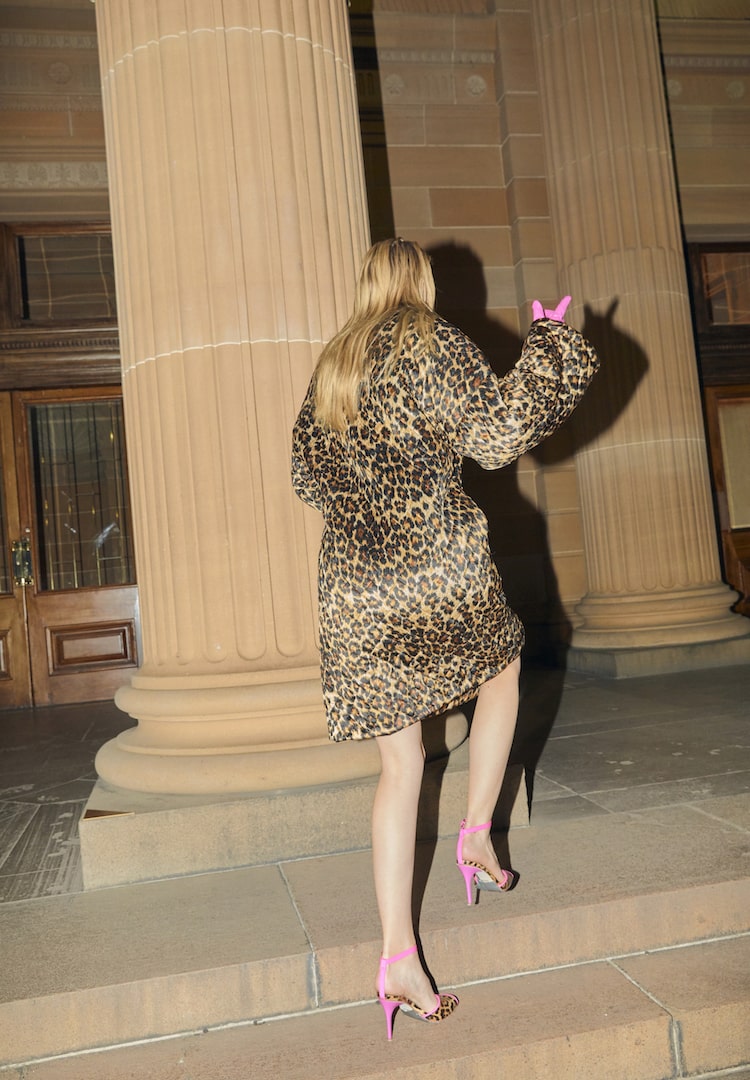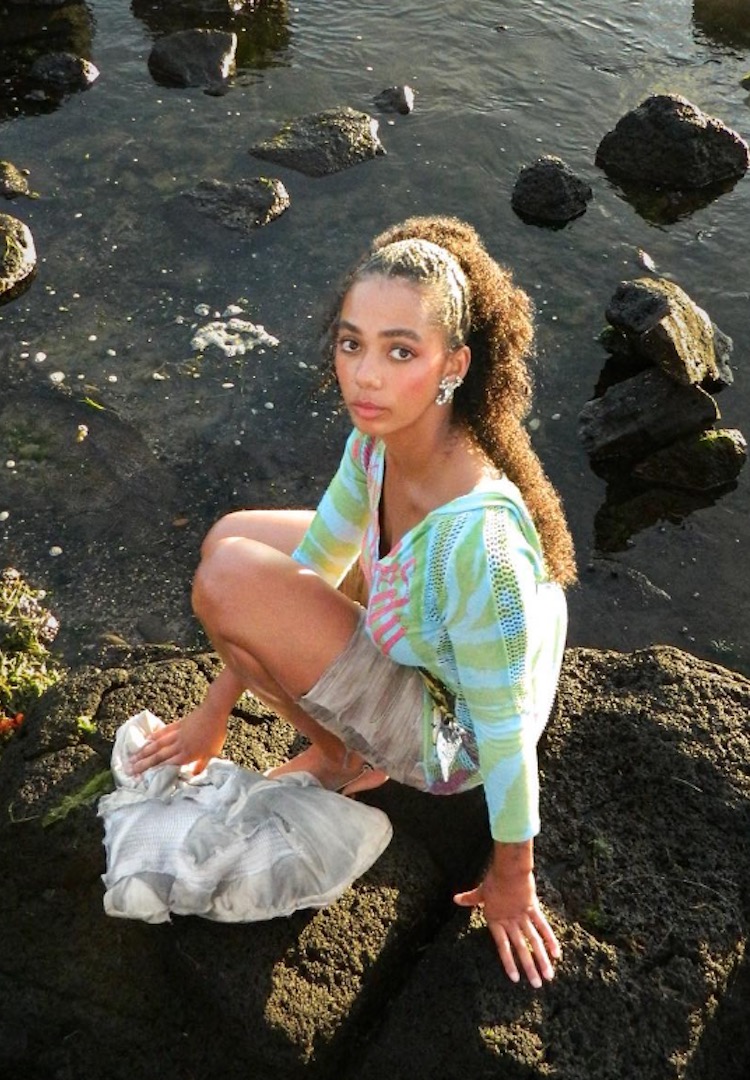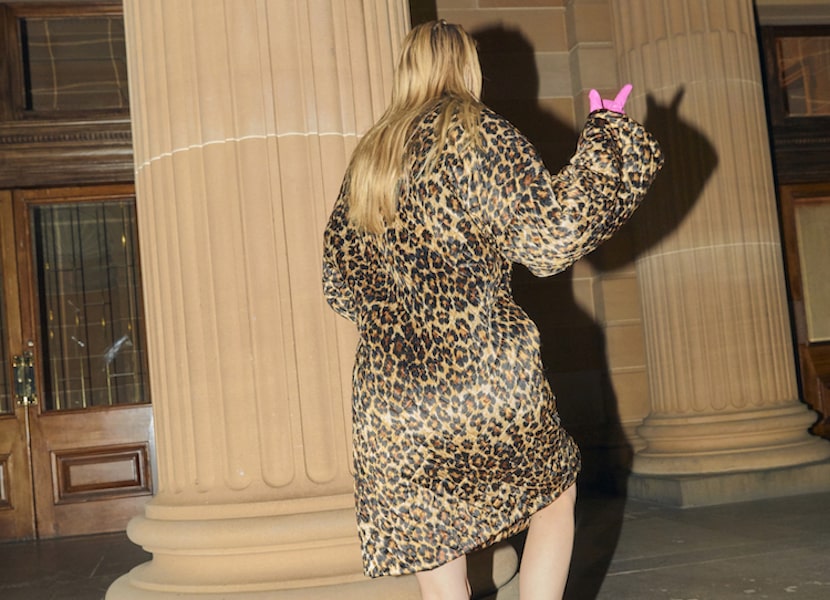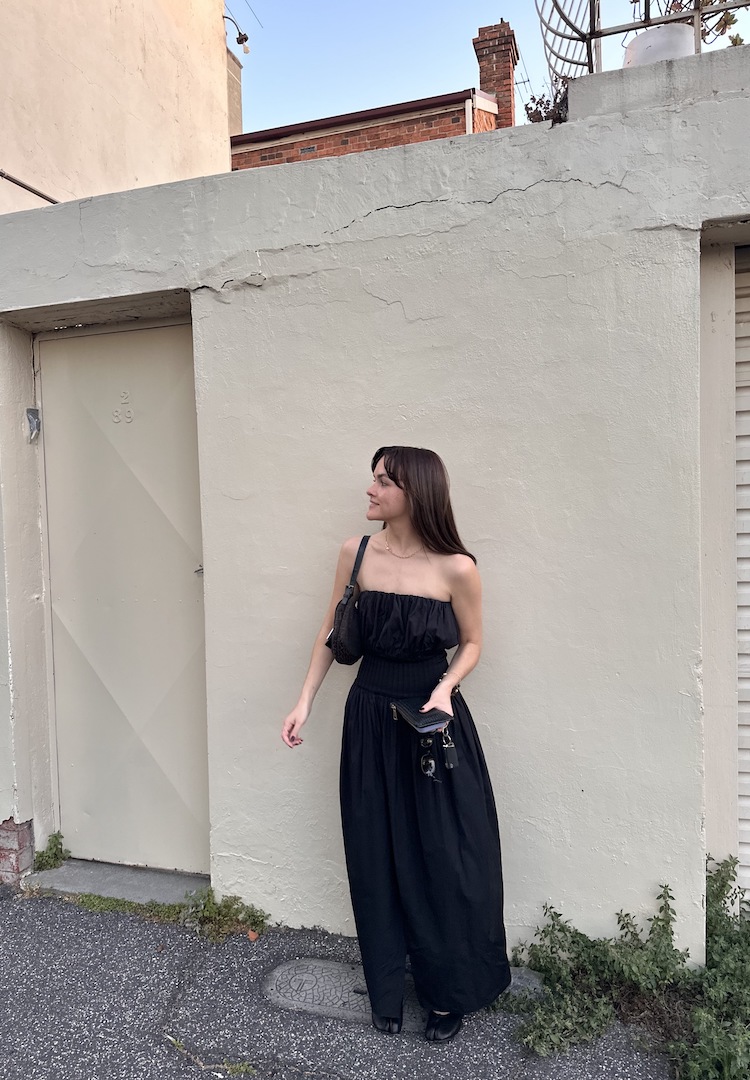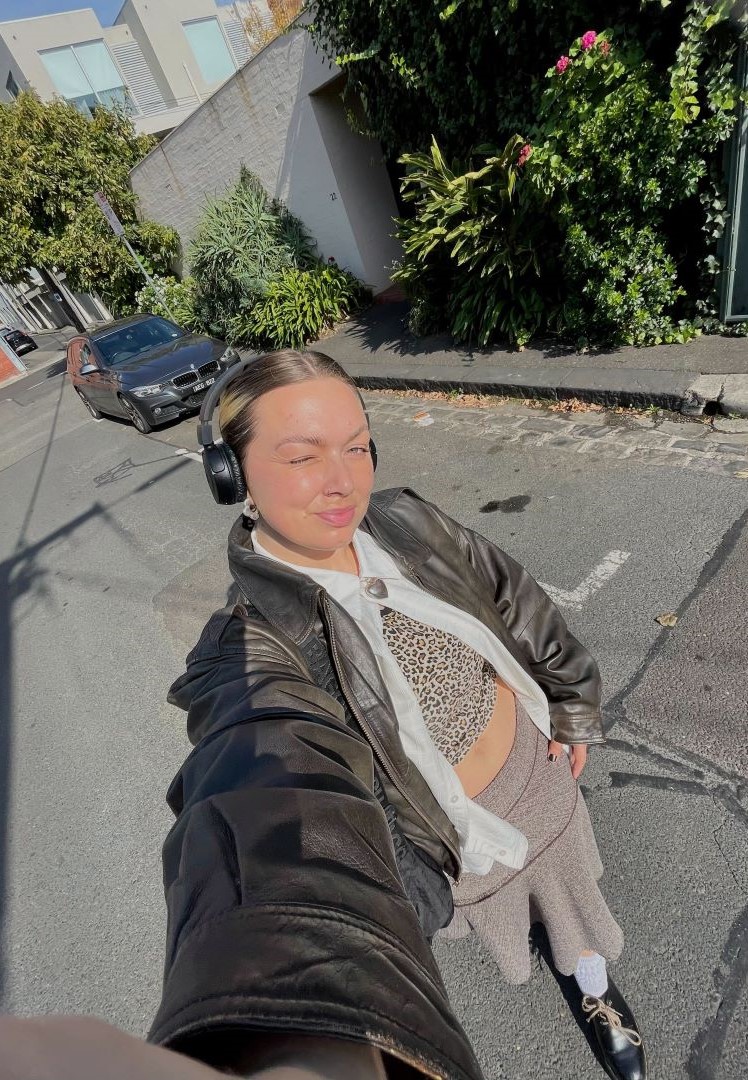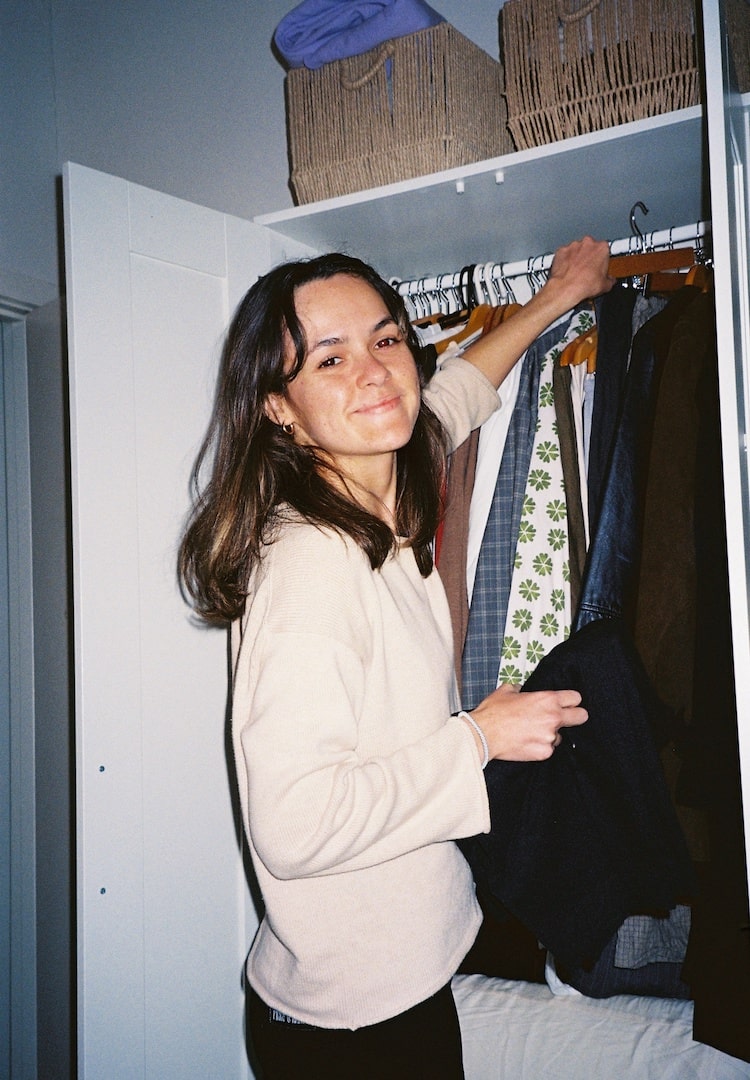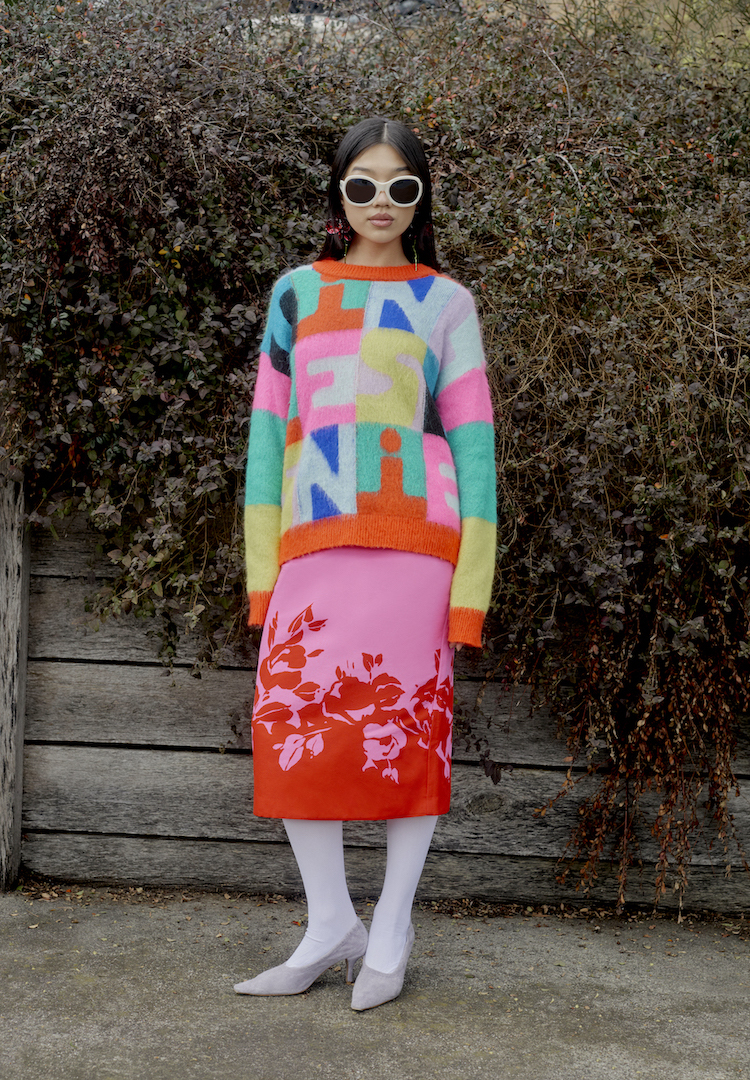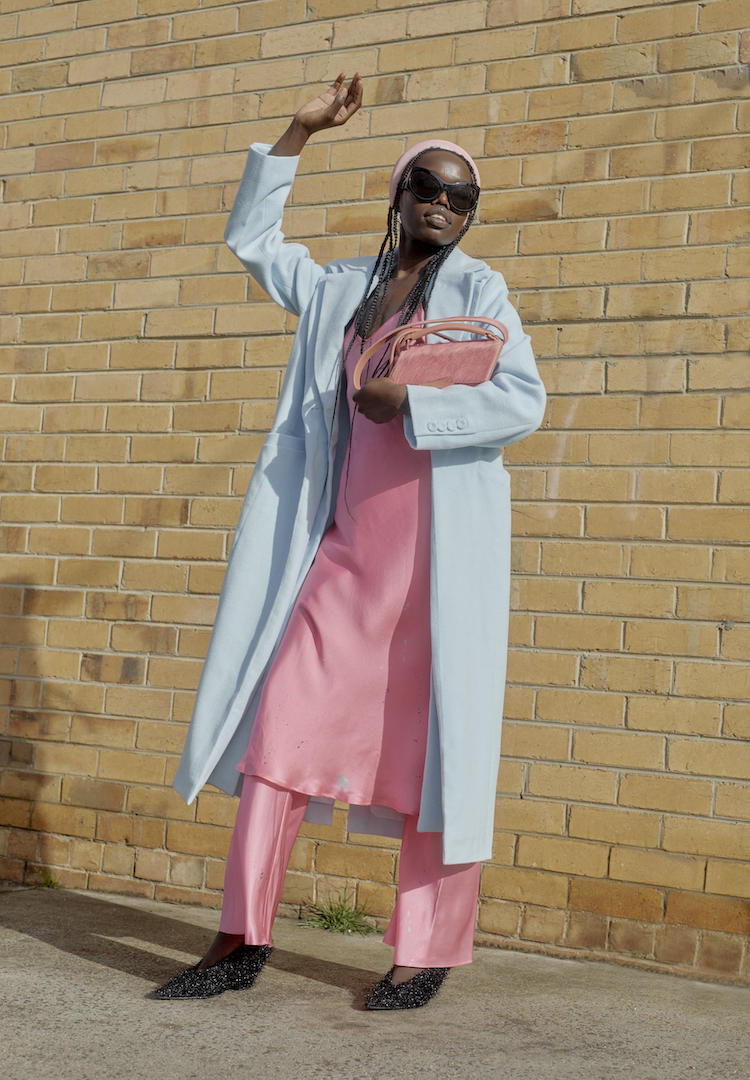Is it ever okay to wear vintage fur?
PHOTOGRAPHY BY SEUNG ROK BAEK
WORDS BY KAYA MARTIN
“It’ll always be more sustainable to buy something that’s already in circulation.”
I have this coat in my wardrobe, snagged from a Canadian thrift store for an unfairly low price. It’s a mid-length chocolate brown fur, the softest I’ve ever felt. The inner hide is stamped with ‘Imported from South Africa’.
Don’t ask me what kind of creature it is – I have no idea. But despite the tattered lining, the musty scent and the huge, unsightly rip at the elbow, I can’t seem to get rid of it.
For more fashion news, shoots, articles and features, head to our Fashion section.
Our attraction to fur is almost ingrained in us. This makes sense – pelts are one of the oldest forms of clothing and we’ve been wearing them for more than 120,000 years. Whether it’s the gorgeous natural prints and textures, or the promise of impenetrable cosiness and warmth, we just can’t seem to stop wearing it.
But a lot has changed since the prehistoric era. For example, we have polyester now! And PETA! We’re no longer living in a time when we need to wear fur to survive and as such, cultural connotations around the material have changed. These days, wearing a fur coat might just get you soaked in a bucket of red paint, or at least garner a few dirty looks.
Despite the fact that Australia still imports millions of dollars worth of fur each year, we’ve seen enough of those horrible mink farming videos to understand that buying new fur is an ethical no-no. Yet we still can’t help but stroke it dearly when we see it hanging on the rack at Savers. This begs the question – what about secondhand fur?
New or used
According to Google Trends, the search for ‘fur coat’ has been steadily trending upward in Australia for the past decade. With the mob wife aesthetic and Slavic fashion growing in popularity, as well as those fur-lined aviator hats that alt guys can’t seem to stop wearing, it seems like fur is back in a big way.
At this point, we’re all too aware of the damage fast fashion and relentless overconsumption does to the environment. If you want to get in on the fur trend, you should think twice about buying new, even if it’s faux fur.
Faux fur is created from synthetic materials, including polyester and acrylic. Not only is it made using a labour-intensive process that involves a high amount of energy usage, but it also sheds over time, spreading chemicals and microplastics.
It’ll always be more sustainable to buy something that’s already in circulation rather than something new, whether that’s a real fur coat or a faux fur coat.
No fur at all?
Some believe wearing a dead animal’s skin on your body is weird and immoral no matter what (this goes for leather, too). If that’s how you feel, then there’s no arguing with that.
Others believe wearing used fur can promote the style, making others want to buy fur coats and encouraging slaughter and fur farming.
This theory may hold some weight, however, it should be noted that given how realistic fake fur looks these days, wearing it could still contribute to the trend. With this in mind, those who don’t want to promote fur should stay away from the fuzzy stuff altogether.
But what’s the alternative – do we leave our vintage furs in the attic to be torn apart by moths? Do we burn them all on the fashion funeral pyre?
There’s something about letting beautiful old furs go to waste that feels like we’re doing them a disservice. Treasuring them, investing money into maintaining them and treating them with care can be seen as a way to honour the creatures that lost their lives for them.
If we vow to never buy new fur, then vintage fur becomes a finite resource, something precious and irreplaceable. With furs, we’re so connected to the creatures who died. Hell, some of them still have their faces attached. With fast fashion, the toll of our consumption is more murky – polluted water, carbon emissions and human rights violations – but it doesn’t mean it’s not there.
Of course, how you feel about wearing vintage fur depends on your own moral compass. But no matter what you choose to wear, mending over buying, shopping thoughtfully and treating your pieces with respect will help to keep your fashion conscious clear.
For more on vintage fur, head here.


